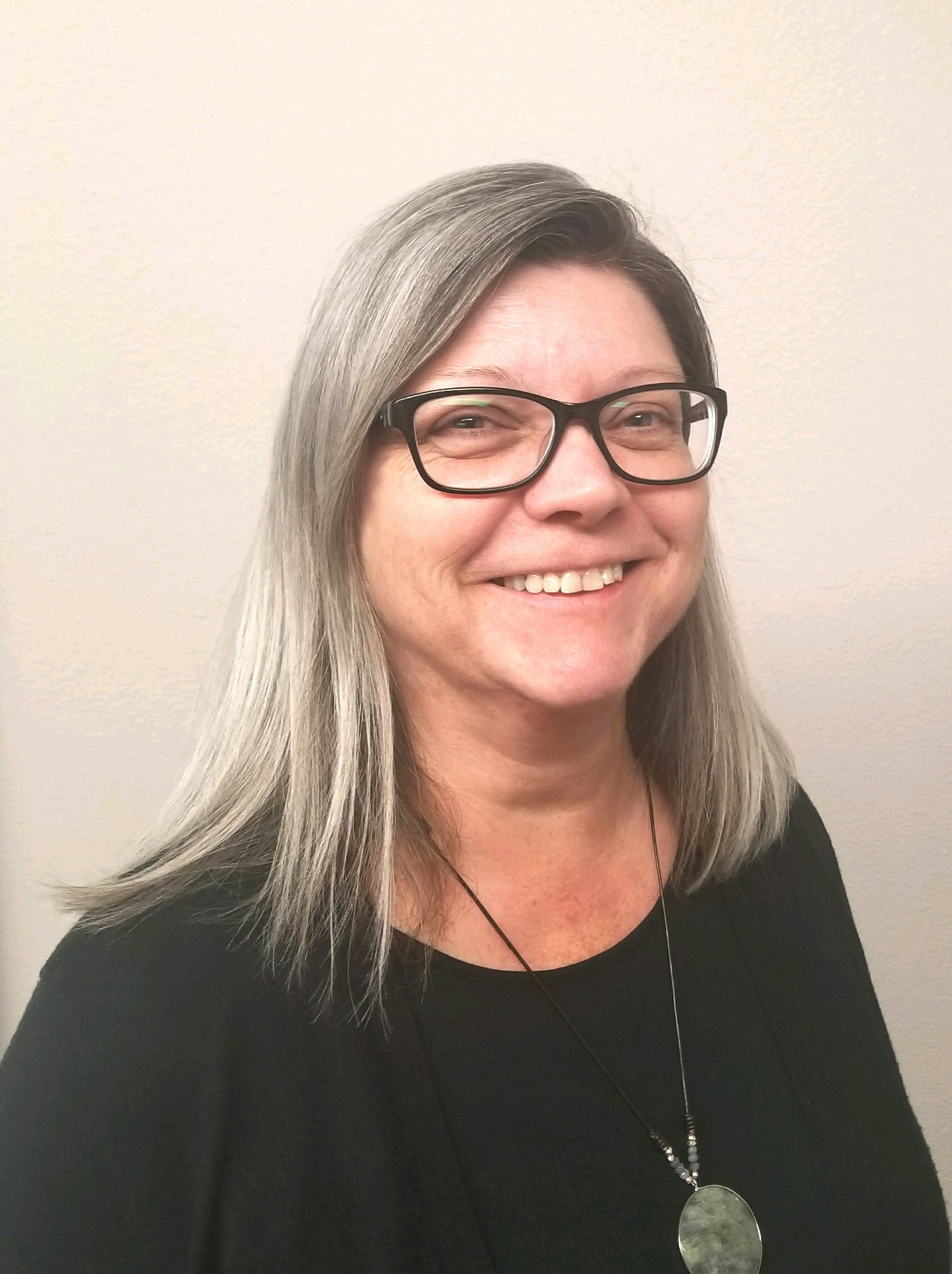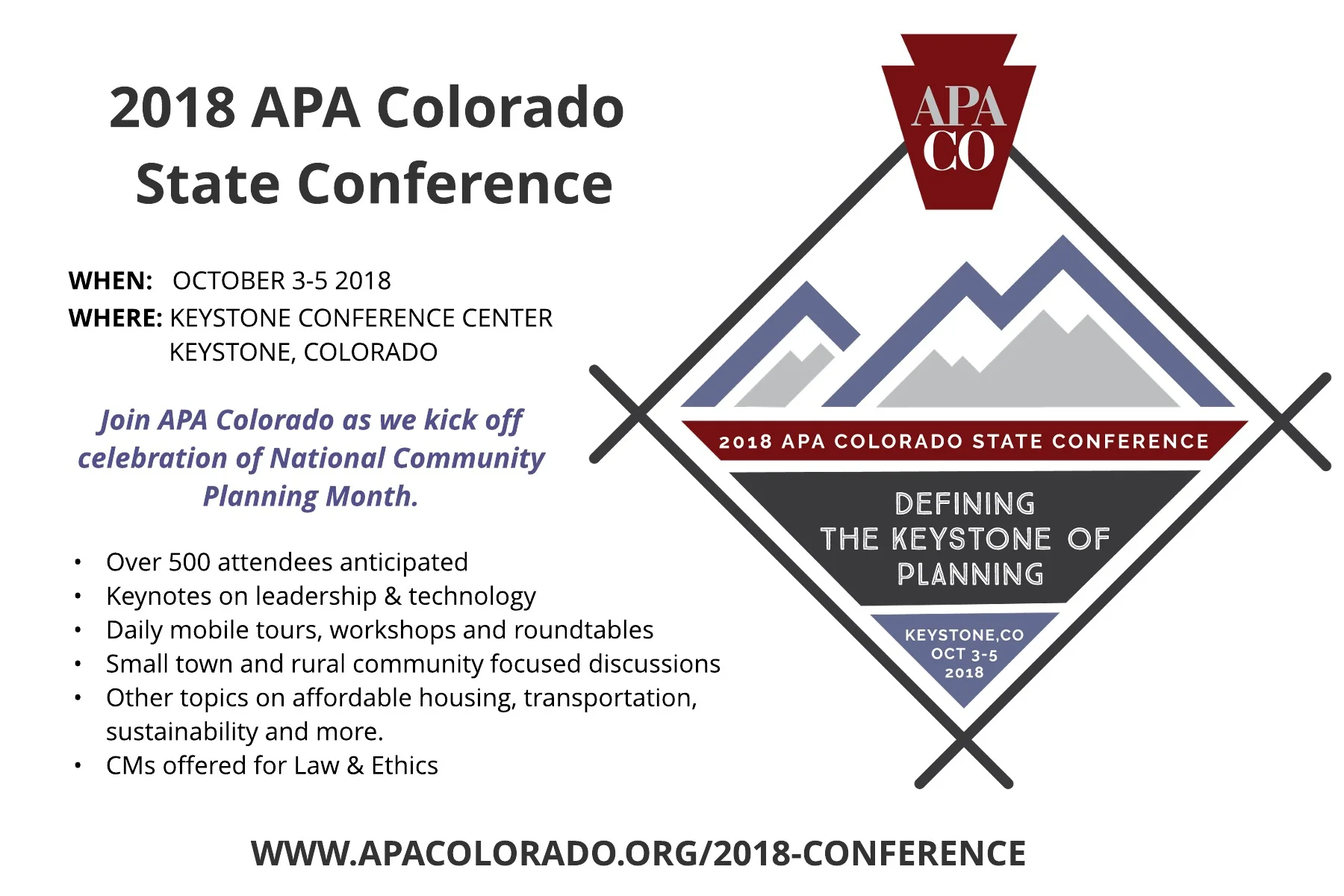One of the fascinating things about community development is the interaction between residents and municipal government and commercial development teams and municipal government, hereafter referred to as “staff.” Though some may believe those two groups are at odds, residents and commercial developers clearly have similar interests. by Bill Detweiler, Castle Rock, Colorado
Read MoreMeet Meredith Duvall, a Planner for City of Gillette, Wyoming. She advises to get involved in your community outside of work in order to better understand how residents interact with the city. Article submitted by Megan Nelms, AICP.
Read MoreThis brief article describes the cycling experience that Candis Millar, AICP, and her husband enjoyed during a week in Copenhagen, Denmark in September. Some of our observations may generate ideas for Western Planners implementing bicycle plans in their communities. Story and photos by Candis Millar, AICP
Read MoreIn fall of 2016, the Utah State University bioregional planning team was invited to complete an assessment of the region’s varying land uses, and to generate plausible scenarios for local planners and decision-makers to use in future management plans. The bioregional team offered local stakeholders four plausible scenarios for the future of their region to help decision-makers navigate uncertainty and realize their ideal planning goals for 2040. by Andy Witt, Aubin Douglas, and Mary Oliver
Read MoreAs more people move to the Greater Yellowstone Ecosystem (GYE), development will continue to affect the region’s ecological health. For 17 years, Valley Advocates for Responsible Development (Valley Advocates) has advocated for responsible growth management in the Teton Valley of Idaho and Wyoming, working to preserve our corner of the GYE. However, we’ve found that focusing on future growth alone is not enough to protect our treasured ecosystem. In addition, our regional community must also work to correct the development mistakes of the past. by Shawn Hill, Valley Advocates for Responsible Development
Read MoreThe information gained from the Clearwater Lidar Project has both short-term and long-term benefits across a broad spectrum of disciplines, and encompasses project planning, development, implementation, management, and education outreach. It is truly a phenomenal example of how multiple agencies at local, state, and federal levels can cross disciplines and pool resources for a common goal. by Alison Tompkins, Nez Perce County, Idaho
Read MoreCommunity partners can be found anywhere we live. Joint Base Elmendorf Richardson, or JBER (pronounced JBear), is one of Alaska’s largest employers, and for Anchorage a partner in planning, housing, outreach, and education. Planner Kristine Bunnell participated JBER’s Honorary Commanders Program and discusses how it gave her an opportunity to learn and to share planning knowledge.
Read MoreThe North Dakota Planning Association (NDPA) hosted its annual conference this year in Grand Forks on September 13, 2018. See photos and the presentations from the conference.
Read MoreThis article is about the gaping hole in Bisbee, Arizona’s zoning regulations that led to the city’s Planning Commission to develop a new accommodation for innovative and affordable housing through alternative lodging parks. by Mark Apel
Read MoreSeveral state and local officials traveled to King Cove to participate in the city’s dedication and ribbon cutting ceremony of Waterfall Creek, the community’s second hydroelectric facility. Since Waterfall Creek began operating in May 2017, it has produced more than 1.3 MW (megawatts) of energy and has performed remarkably well.
Read MorePlanners can respond to a lack of affordable housing by leveraging the regulatory and institutional tools at their disposal. This article will highlight a few tools and strategies within a framework of three “levers” of affordability: facilitate the development of income-restricted affordable housing; mitigate residential displacement; and encourage expansion of overall housing supply. by Jamin Kimmell and Catherine Corliss, AICP
Read MoreIt takes a lot of work to rewrite ordinance. Often, there is only time to address specific problems as they present themselves, leaving the entire ordinance to slowly become a confusing jumble of relevant information mixed with outdated language. Eventually, the ordinance has to be reviewed in its entirety, not just to update anything that was missed in prior targeted revisions but also to create a code that is user-friendly. In the right circumstances, this daunting task can be a fun and informative process that can be accomplished in-house. by Erin Callahan, AICP
Read MoreThe 2014 Boles Fire went through Weed, California destroying 16 percent of their housing and other structures. A year later, the community started a planning process, called the Weed Resilience Plan, which was completed in April 2016. This effort was the first example of a rural resilience planning process in the nation. by Tom Brandeberry
Read MoreThe 2018 Regional Transportation Commission of Southern Nevada (RTC) bike map is now available at local bike shops, RTC facilities and community centers.
Read MoreKim Lee, AICP is the Planning Manager for the city of Bismarck with over 30 years of experience. Reprinted courtesy of the North Dakota Planning Association
Read MoreDurango, like most Western towns, is surrounded by wild places and open vistas that many want to protect. In the early 2000s, organized wildlife advocates and anti-growth proponents had enough support to defeat two large-scale community development projects, Three Springs and River Trails Ranch. The third project, Twin Buttes, underwent a multi-year review process and one of the most contentious approvals for any project Durango. The Twin Buttes development eventually achieved its first major approval in 2009 but just completed its first house in the fall 2017. All three projects, but especially the Twin Buttes project, have created a blueprint of how to pass a large-scale community development project in a western town. by Mark Williams, Durango, Colorado
Read MoreJoin APA Colorado in Keystone, Colorado for the 2018 APA Colorado State Conference as attendees work towards "Defining the Keystone of Planning." Planning for this annual event has just begun so check http://www.apacolorado.org/2018-conference for updates.
Read MoreWest Fargo leaders determined in 2016 that it was important for the community to develop a new comprehensive plan, to provide a vision for the community going forward. With the extensive growth and changing demographics of the community, it was essential to undertake a community engagement process unlike anything previously experienced. The city contracted services with Town Planning and Urban Design Collaborative (TPUDC) who brought a focused and multi-faceted public engagement process to the table. The new planning effort was named West Fargo 2.0. by Larry M. Weil, West Fargo, North Dakota
Read MoreThe Tribal and Indigenous Planners Interest Group of APA met during the national conference in New Orleans.
Read MoreRights of Way and easements ensure that access is granted when needed when roads are built, improved, or expanded. In North Dakota, when Right of Way is dedicated, the landowner still possesses the underlying fee, but the land is not taxable. by Nancy MH Simpson, Minot, North Dakota
Read More



















